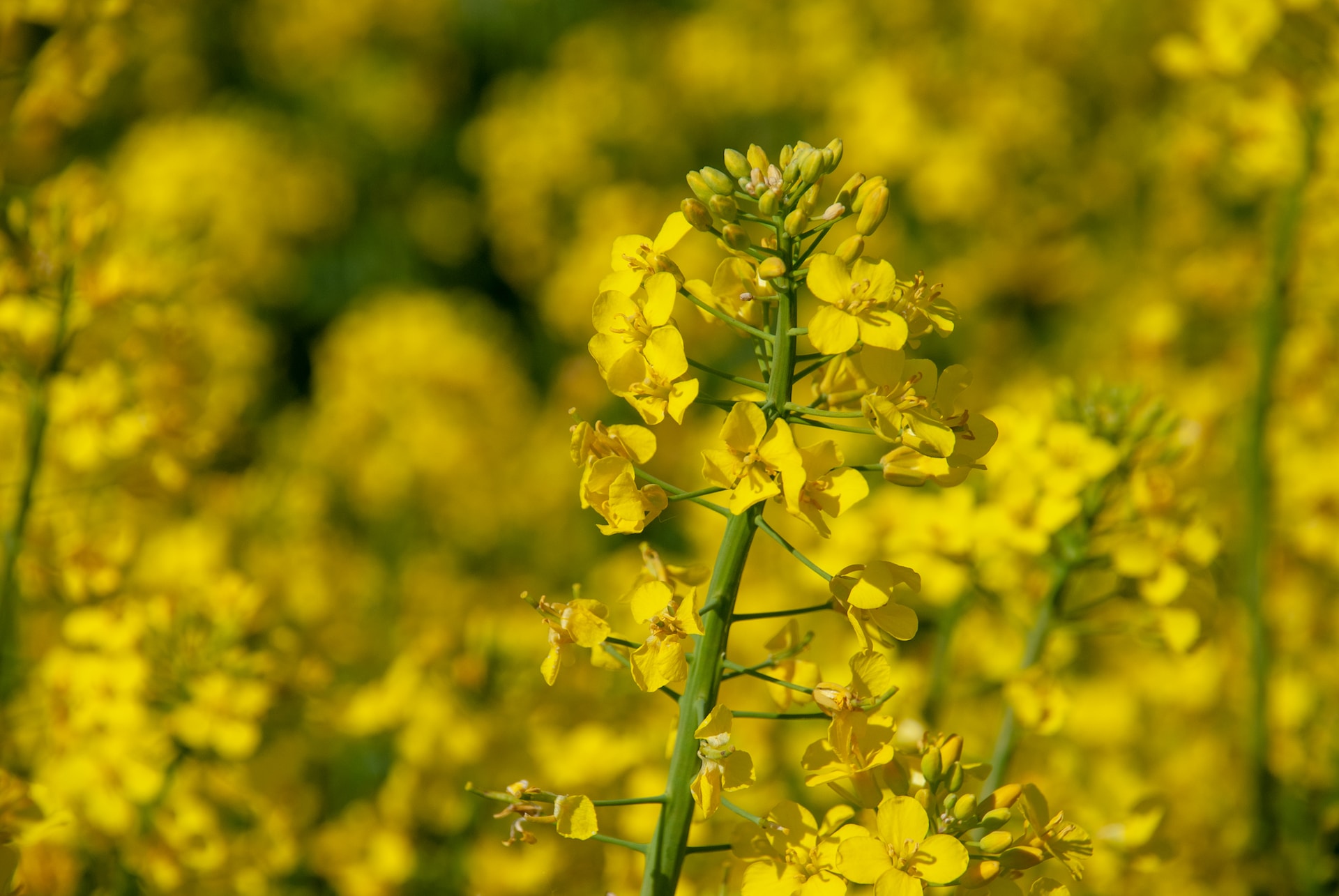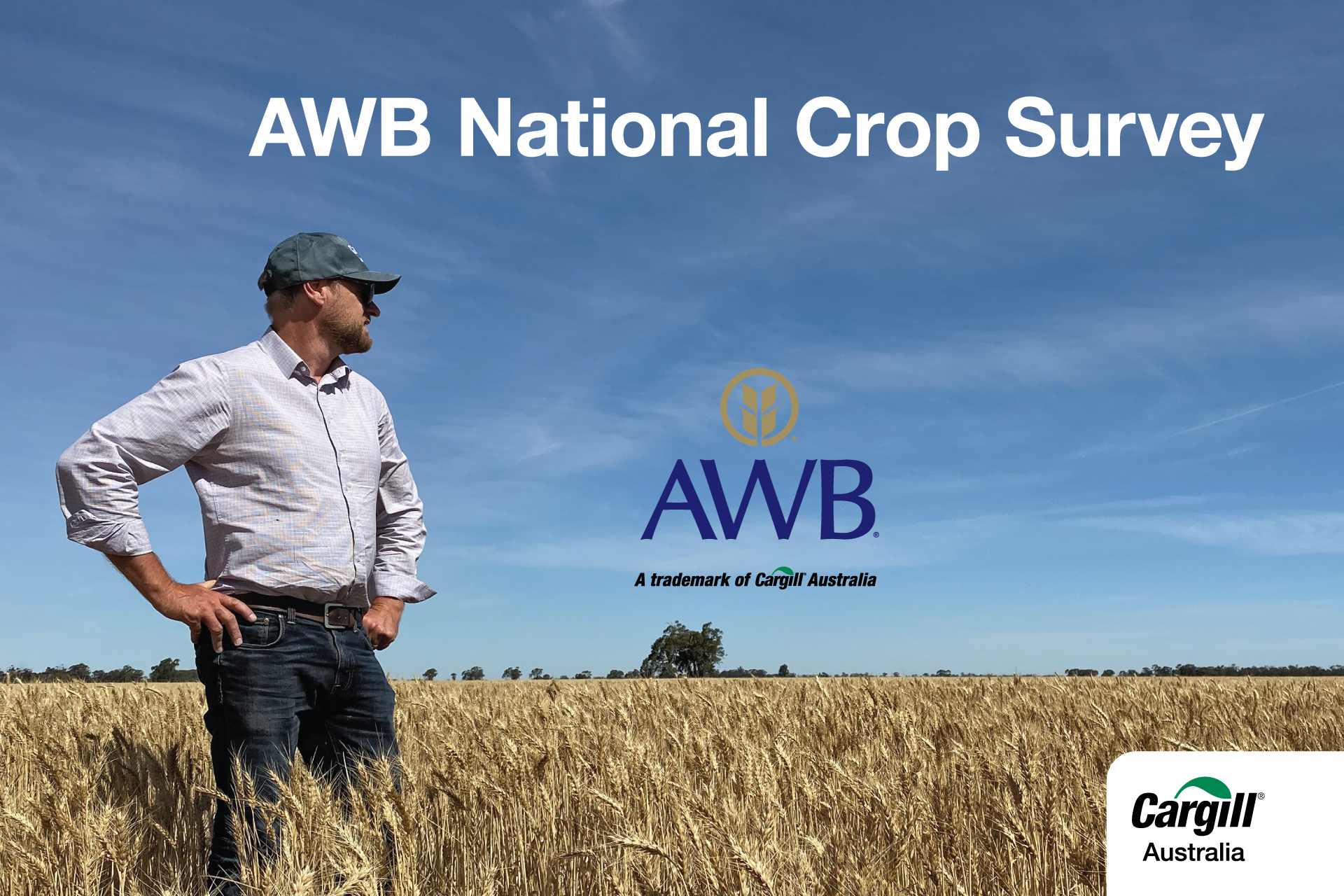Futures run ahead
By Darcy Ingram
29th June, 2023
Domestic grain values have struggled to keep pace with global markets in recent weeks as the well-publicised dry conditions continue to wreak havoc on row crops throughout the US Midwest. Most of the Central US is currently experiencing the worst drought conditions in over a decade and while there is still time for recovery, without significant rainfall soon we will likely see a drastic reduction in final yields. Futures markets have been highly reactive to the deteriorating conditions with corn and soybean values surging to multi-month highs, dragging the likes of wheat and other vegoils along for the ride. Locally we’ve seen east coast cash values firm on the back of these rallying markets albeit in a far more sedated fashion as buyers struggle to justify pushing bids to levels that remain generally uncompetitive when converted for export.
Export values have faced significantly more resistance than futures as recent global tenders continue to be predominantly executed by a few main players looking to move their heavy stocks following record harvests. Despite confusion surrounding a state imposed minimum sale value, Russia has dominated protein wheat sales and following beneficial rains across much of Europe looks well placed to continue to set the pricing benchmark for some time yet. Similarly, Brazil’s record corn and soybean harvest has been limiting opportunities by claiming a sizeable portion of global feed market demand. This ongoing competition has seen export pace on the east coast slow with exporters unwilling or unable to make additional sales at levels as competitive as other international origins - or even in comparison to Western Australia. Coupled with a reasonable supply of grain still held by farmers, we are left with some uncertainty on how local values will trend moving forward – particularly if the US see some relieving rains.
The mixed outlook for Australia’s production for the upcoming year will certainly have an important impact on whether prices can hold. The disappointing rainfall through parts of Queensland and Northern NSW during autumn and the start of winter has many leaning towards an underwhelming crop forecast through the region. Domestic consumers have been quick to safeguard against tightening supplies by extending coverage with values lifting as a result. Demand has built to the point where barley is now being trucked in from Southern NSW and shipped from the other side of the country. Supplies are still plentiful from further afield which should limit any additional upside in the short-term. Growers to the south have enjoyed a far better start for their crop with solid rainfall throughout June filling up profiles across southern NSW, VIC and SA. The outlook for the back-end of the year remains dry but given the current sub-soil moisture, with a few timely rains, the likelihood of achieving an average crop looks positive. The risk becomes that if we don’t see a significant change in export competitiveness, prices may need to soften in order to deal with any crop in surplus to our own domestic needs.
Dry conditions in Northern Hemisphere strengthens markets

Future markets have found some strength recently as dry weather continues to be the order of the day throughout much of the US.
Read MoreMixed start maintains market tensions

East coast cereal markets have continued their upward trend through the first half of June, reacting to the latest WASDE and ABARES musings which confirmed what most already knew...
Read MoreRain makes grain

They say “rain makes grain” and this is certainly going to be the case this week with widespread falls forecast to occur over most grain growing regions around Australia.
Read MoreGrain growers face weather and global market challenges

The NSW grain industry, a key player in our state's agriculture, is navigating some rough waters. Changes in weather patterns and potential shifts in the global market are making things tricky for farmers across the state...
Read MoreA spotlight on Maximum Residue Limits

The recent announcement that the European Union is planning to reduce the Maximum Residue Limit (MRL) for haloxyfop on canola has been widely discussed...
Read MoreSowing the focus

Growers are deep into their winter crop sowing programs and within a few weeks, they'll have finish line in sight....
Read More
